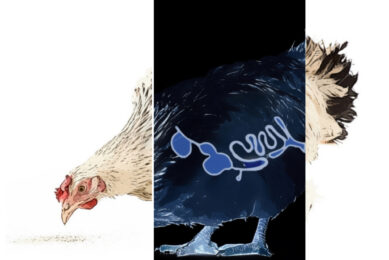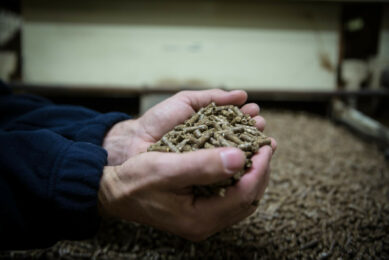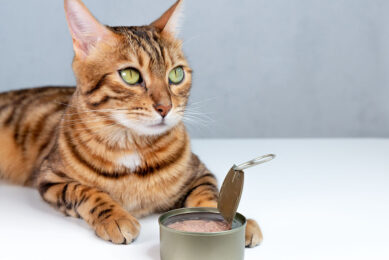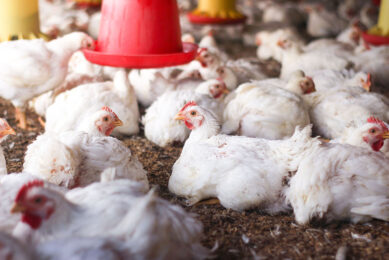Research: Interaction of lactic acid bacteria and salmonella in calves
Scientists in Argentina investigated the relationship of intestinal populations of Lactobacilli and coliforms after in vivo Salmonella dublin challenge with microbial translocation in calves supplemented with lactic acid bacteria and lactose
The aim of this study was to evaluate the relationship between intestinal microbial populations and bacterial translocation in young calves supplemented with lactic acid bacteria (LAB) and lactose and experimentally infected with Salmonella dublin DSPV 595T.
Trial setup
Fifteen calves were divided into three groups (a control group, a group inoculated with LAB, and a group inoculated with LAB and lactose), with 5, 6 and 4 animals each, were used.
The LAB inoculum, composed of Lactobacillus casei DSPV 318T, L. salivarius DSPV 315T and Pediococcus acidilactici DSPV 006T was administered together with the milk replacer.
The groups inoculated with LAB and LAB and lactose received a daily dose of 109 CFU/kg body weight of each strain throughout the experiment. Lactose was provided in doses of 100 g/d.
The administration of the pathogen was performed on all animals on day 11 of the experiment with 2 × 1010 CFU.
Results
The levels of probiotic inoculum found in the large intestine of the animals from the two groups inoculated with the probiotic [0] were of 5 log10 CFU/g, whereas those in the small intestine were of 5 log10 CFU/g in the animals inoculated with LAB and lactose, and approximately 1 log10 CFU/g less in the group inoculated with LAB.
The levels of Salmonella in both, the small and large intestines, were between 3 log10 CFU/g and 4 log10 CFU/g.
High microbial loads were found in the internal organs.
Lactobacillus spp. were found only in the lymph nodes of the two groups inoculated with the probiotic, in very low amounts (<1 log10 CFU/g).
Conclusion
Despite the high concentration of Salmonella administered to calves, the LAB inoculum of bovine origin was not capable of translocating to the internal organs in the extreme situations of intestinal imbalance generated by the pathogen.











